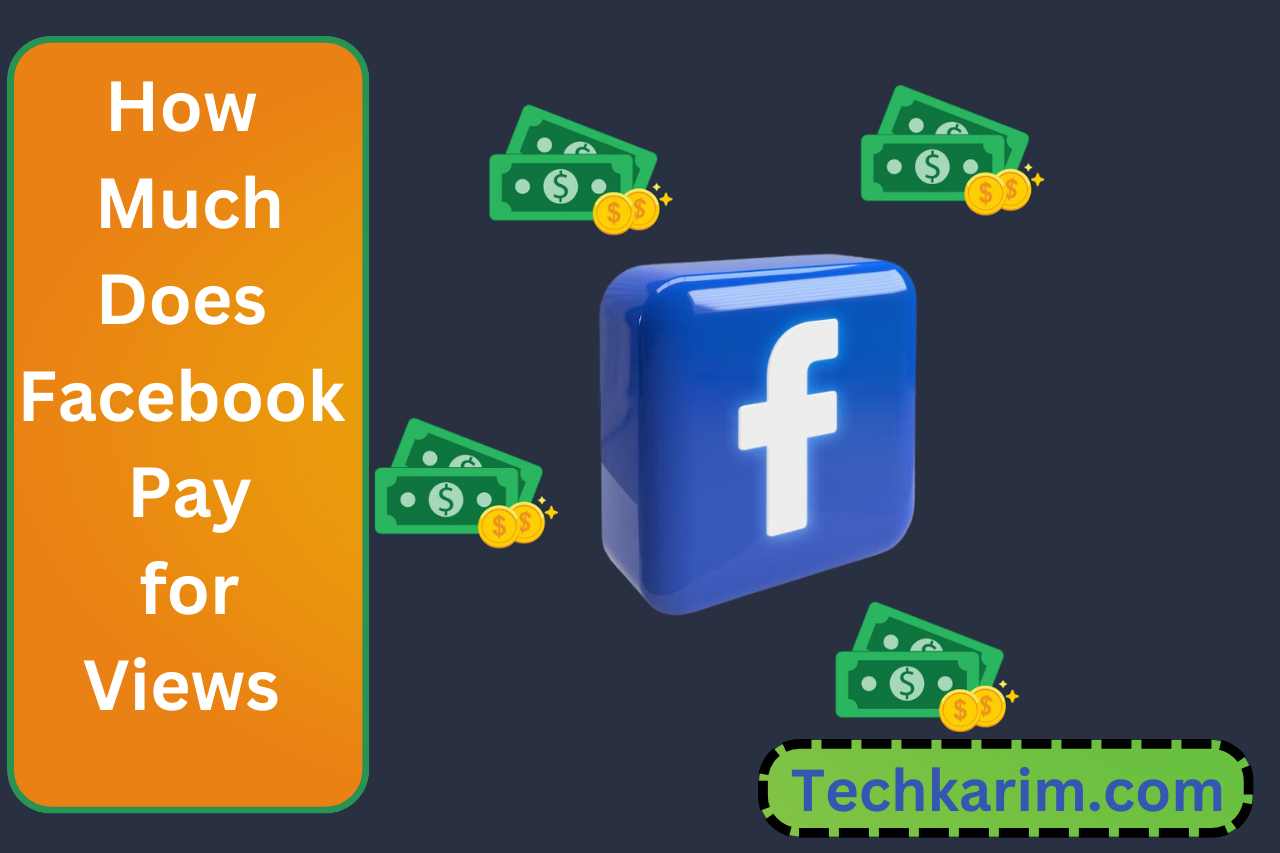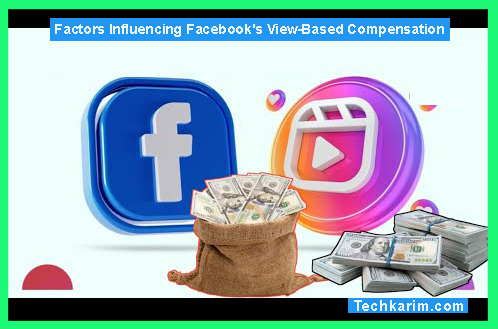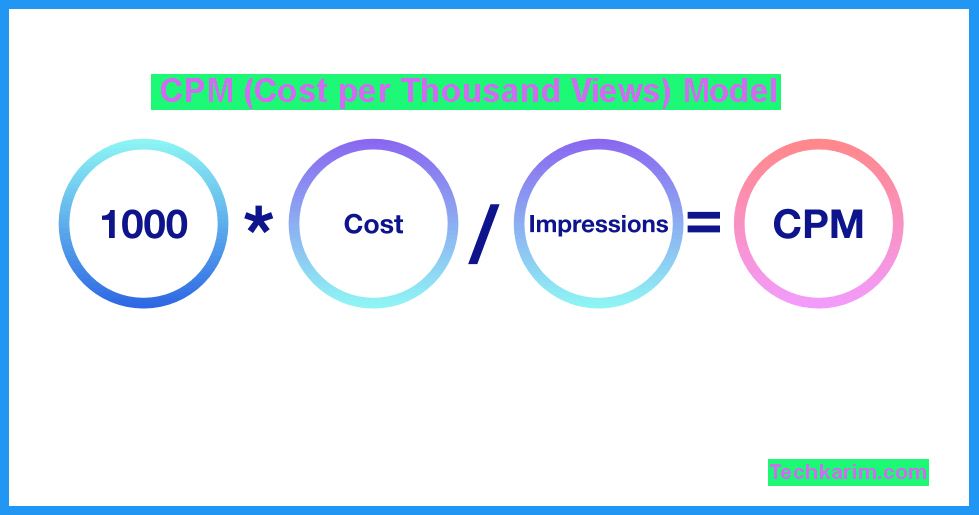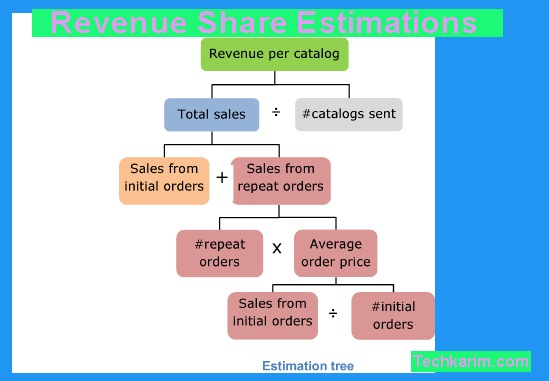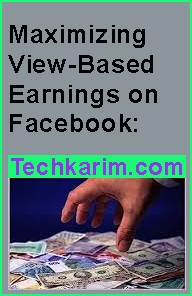In the ever-evolving landscape of social media, Facebook has emerged as a powerhouse platform, boasting billions of active users worldwide.
As content creators and businesses strive to captivate their audiences, the question of “How much does Facebook pay for views?” has become increasingly relevant.
This comprehensive guide aims to demystify the intricate world of Facebook’s monetization strategies, shedding light on the elusive topic of view-based payouts.
Facebook Pay for Views
Understanding Facebook’s Video Monetization Ecosystem:
Before delving into the specifics of Facebook’s compensation for views, it’s crucial to grasp the platform’s video monetization ecosystem. Facebook offers several avenues for content creators to generate revenue, including:
1. In-Stream Ads: This feature allows advertisers to place ads within eligible videos, providing creators with a share of the ad revenue.
2. Fan Subscriptions: Creators can offer exclusive content and perks to their dedicated fans through monthly subscriptions.
3. Stars: Viewers can purchase and send virtual “Stars” during live broadcasts, with creators receiving a portion of the revenue.
4. Brand Partnerships: Influencers and creators can collaborate with brands on sponsored content, earning compensation based on various metrics, including views.
While these monetization options exist, the specifics of how much Facebook pays for views can vary depending on several factors.
Factors Influencing Facebook’s View-Based Compensation:
Facebook’s view-based compensation is influenced by a multitude of factors, including:
1. Video Engagement: Higher engagement rates, measured by metrics such as watch time, likes, comments, and shares, can positively impact the payout rate.
2. Ad Revenue Share: Facebook’s revenue-sharing model allocates a percentage of the ad revenue generated from in-stream ads to creators, with the exact share remaining undisclosed.
3. Content Compliance: Videos must adhere to Facebook’s community standards and content policies to be eligible for monetization.
4. Creator Tier: Facebook employs a tiered system for creators, with higher tiers potentially receiving more favorable compensation rates.
5. Video Length: Longer videos may have an advantage, as they provide more opportunities for ad placement and viewer engagement.
6. Audience Demographics: The geographic location and demographic profile of the viewer base can influence ad rates and, consequently, the potential payout.
It’s important to note that Facebook does not publicly disclose specific payout rates, as these can vary based on the aforementioned factors and the platform’s ever-changing algorithms and policies.
Estimating Facebook’s View-Based Payouts:
While Facebook remains tight-lipped about its exact payout rates, several industry experts and creators have shared their experiences and estimations, providing insights into the potential earnings from Facebook views.
1. CPM (Cost per Thousand Views) Model:
Many creators and analysts suggest that Facebook’s view-based compensation follows a CPM model, where creators earn a set amount for every 1,000 views their videos receive.
Estimates for Facebook’s CPM rate range from $0.10 to $0.50 per 1,000 views, with variations based on factors like content quality, audience demographics, and ad demand.
For example, if a creator’s video garners 100,000 views and Facebook’s CPM rate is $0.25, the estimated payout would be:
(100,000 views / 1,000) x $0.25 = $25
2. Revenue Share Estimations:
According to reports from various sources, Facebook typically retains around 45% of the ad revenue generated from in-stream ads, with the remaining 55% being shared among creators.
However, the exact revenue share percentages may vary based on factors such as creator tier and content performance.
For instance, if a video generates $1,000 in ad revenue and the creator’s revenue share is 55%, the estimated payout would be:
$1,000 x 0.55 = $550
It’s important to note that these estimations are based on anecdotal evidence and may not reflect Facebook’s current or future compensation models, as the platform continuously refines its algorithms and policies.
Maximizing View-Based Earnings on Facebook:
While the specifics of Facebook’s view-based compensation remain elusive, content creators and businesses can employ strategies to optimize their potential earnings:
1. Prioritize Engagement: Focus on creating high-quality, engaging content that resonates with your audience, as increased engagement can positively impact ad revenue and potential payouts.
2. Leverage Live Streams: Live videos often generate higher engagement and viewership, potentially leading to increased ad revenue and viewer interactions through features like Stars.
3. Foster a Dedicated Audience: Building a loyal and engaged following can increase the likelihood of monetization opportunities, such as fan subscriptions and brand partnerships.
4. Stay Compliant: Ensure that your content adheres to Facebook’s policies and guidelines to maintain eligibility for monetization.
5. Collaborate with Influencers and Brands: Partner with influential creators or brands to expand your reach and tap into new revenue streams.
6. Diversify Revenue Streams: While view-based compensation is important, explore other monetization avenues offered by Facebook, such as fan subscriptions and branded content, to maximize your earnings potential.
Frequently Asked Questions
Q: Does Facebook pay for all video views?
Ans: No, Facebook does not pay for all video views. Only videos that are properly monetized through Facebook’s partner program or brand content monetization policies are eligible for payouts based on views.
Q: How many views do I need to start getting paid on Facebook?
Ans: Facebook does not publicly disclose a specific view threshold to start earning revenue. However, many sources suggest that creators need at least a few thousand views per video to potentially earn a payout.
Q: Is there a fixed rate Facebook pays per view?
Ans: No, Facebook does not have a fixed, publicly disclosed rate that it pays per view. Payouts are influenced by various factors such as video engagement, content quality, audience demographics, and ad demand.
Q: How does Facebook’s revenue share model work?
Ans: For eligible videos with in-stream ads, Facebook typically retains around 45% of the ad revenue, with the remaining 55% being shared among creators. However, these percentages may vary based on factors like creator tier and content performance.
Q: Does video length affect how much Facebook pays?
Ans: Yes, video length can influence potential payouts. Longer videos generally provide more opportunities for ad placement and viewer engagement, which can positively impact earnings.
Q: Are there alternative ways to earn money from Facebook videos besides view-based payouts?
Ans: Yes, Facebook offers various monetization options, including fan subscriptions, branded content partnerships, and the ability for viewers to send “Stars” during live broadcasts.
Q: How can I maximize my earnings from Facebook video views?
Ans: Strategies to maximize view-based earnings include creating high-quality, engaging content, leveraging live streams, building a dedicated audience, collaborating with influencers and brands, staying compliant with Facebook’s policies, and diversifying your revenue streams.
Q: Does Facebook provide transparent information about its view-based compensation model?
Ans: No, Facebook does not publicly disclose detailed information about its specific view-based compensation rates or algorithms. The platform’s payout model is largely opaque, and estimates are based on anecdotal evidence from creators and industry analysts.
Conclusion:
Unraveling the intricacies of Facebook’s view-based compensation can be a complex endeavor, as the platform maintains a certain level of secrecy around its specific payout rates and algorithms.
However, by understanding the factors that influence compensation, monitoring industry insights, and employing effective content strategies, creators and businesses can navigate this landscape and potentially maximize their earnings from Facebook views.
It’s essential to remember that view-based compensation is just one facet of Facebook’s monetization ecosystem, and a diversified approach that leverages multiple revenue streams is often the key to sustainable success on the platform.
As the social media landscape continues to evolve, creators and businesses must remain adaptable and vigilant, continually refining their strategies to align with Facebook’s ever-changing policies and algorithms.
